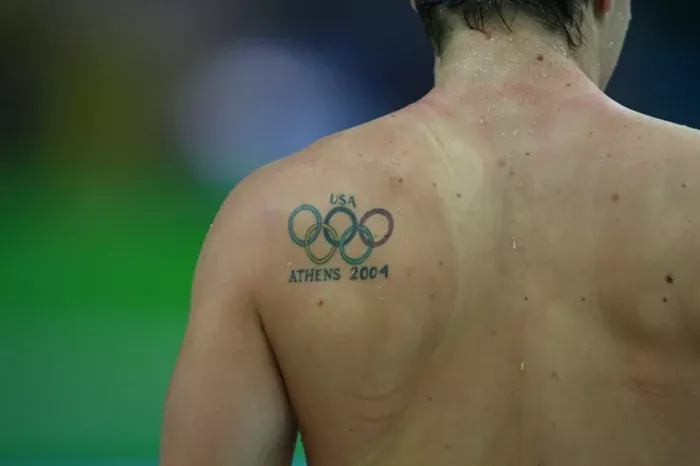An Olympic rings tattoo, a common symbol of achievement for many athletes, can lead to disqualification for Paralympians. This was the case for British swimmer Josef Craig in 2016.
At the International Paralympic Committee (IPC) Swimming European Championships, Craig was disqualified from the men’s S8 100m final due to his tattoo. Despite winning his heat, he was removed from the final because he failed to cover his tattoo of the Olympic rings and Team Great Britain’s lion’s head.
Craig’s disqualification was unrelated to his performance but instead stemmed from IPC rules that prohibit any form of body advertising, including Olympic symbols. An IPC spokesperson explained that all teams are briefed on advertising policies before competitions.
The IPC and the International Olympic Committee (IOC) are distinct entities with separate regulations. Olympians are allowed to display tattoos of the Olympic rings unless they serve as product advertisements. For example, American runner Nick Symmonds had to cover his tattoos during the 2016 Rio Olympics due to sponsorship conflicts, though he later missed the games due to injury.
The IPC’s tattoo rule, which came into effect before the London 2012 Games, prohibits Paralympians from showing Olympic symbols as these are considered advertisements for another organization. The IPC’s current logo consists of three agitos (red, blue, and green crescents), while the Olympic logo features five intertwined rings.
This rule affects athletes like Rudy Garcia-Tolson, who competed with an Olympic ring tattoo visible at the 2012 London Paralympics. By 2016, the IPC strictly enforced the no-tattoo rule, reflecting its separation from the IOC and its distinct policies.
Garcia-Tolson expressed his frustration with the rule, acknowledging the difference in organization policies but agreeing to comply to avoid disqualification.

